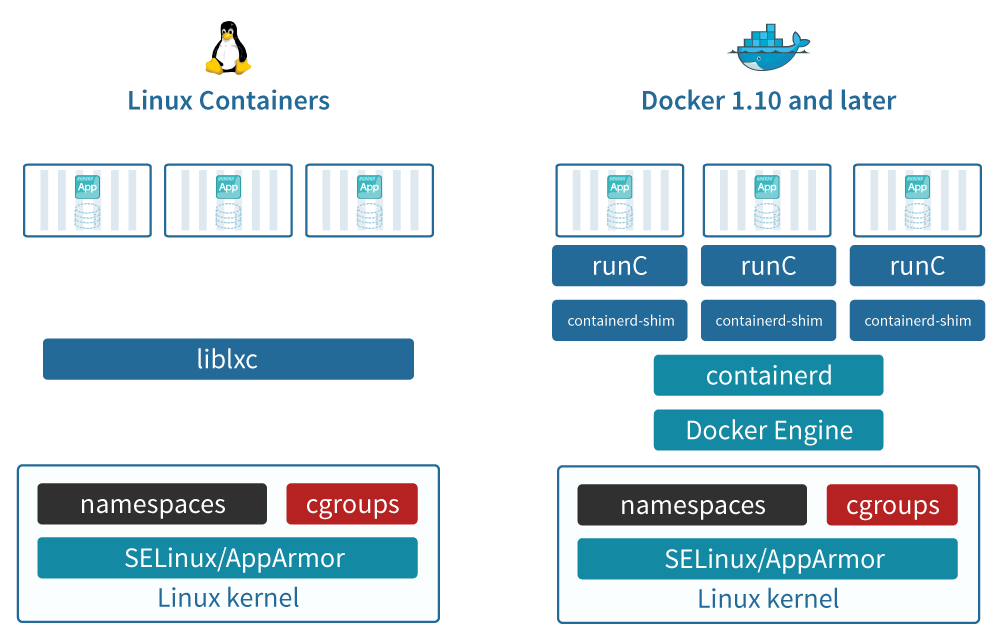

- #Install openjdk 11 centos how to
- #Install openjdk 11 centos install
- #Install openjdk 11 centos update
If you’re looking for the latest from Java, install it with DNF.

In case you need to remove any of the Java packages installed, use the yum remove command.įor example, to remove Open JDK 8 use the following command: sudo yum remove java-1.8. What is OpenJDK OpenJDk or Open Java Development Kit is a free, open-source framework of the Java Platform. OpenJDK 11 is a bit newer version of Java, but the Red Hat included it in RHEL 8 / CentOS 8 to future proof the release and cater to newer application that may arise in RHEL’s 10 year lifespan.
#Install openjdk 11 centos how to
At the bottom of the file, add a line which specifies the location of JAVA_HOME in the following manner: JAVA_HOME=”/your/installation/path/”įor example, if we copy the installation path for Java 11 in the previous step, the added line in the text editor will be: /usr/lib/jvm/java-11-openjdk-11.0.3.7-0.el7_6.x86_64/bin/java How to Uninstall Java on CentOS Once you see all the paths, copy the one of your preferred Java version.ģ. Step 6: Write your First Hello World Program. Step 4: Check if the package is installed properly through rpm tool.
#Install openjdk 11 centos update
Step 1: Update all the packages first through yum tool. /usr/lib/jvm/java-11-openjdk-11.0.3.7-0.el7_6.x86_64/bin/java (where OpenJDK 11 is located) OpenJDK Installation on CentOS 7 with Easy Steps.In the output, you can find the path for each Java package installed on the system. The output displays the downloaded and installed JDK, as in the image below: Then, install the Java Development Kit with the following command: sudo yum install java-11-openjdk-devel Update the package repository to ensure you download the latest software: sudo yum updateĢ. The current default, Long-Term-Support (LTS) version is Java 11. You can also decide which version you want on your system by installing a specific version number. You can install one or several Java packages on your machine. However, bear in mind its license only allows non-commercial use of the software. You can find the official Oracle JDK through a third-party repository or on the official Oracle webpage. You use JRE for running Java-based applications, while JDK is for developing and programming with Java.Īlso available is Java Oracle, another SE implementation, which has additional commercial features. There are two (2), open-source Java packages, Java Development Kit (Open JDK) and Java Runtime Environment (Open JRE). In this document, we look at different packages within the Java SE. The yum package manager, included by defaultĬurrently, there are four Java platforms available:.The step to install Oracle Java 14 is to download it. In step 4, you will need to set up your Java version as your default The next step is to install a JavaHOME environment variable. Access to the command-line/terminal window The second step is to install OpenJDK 11.For a dedicated Fedora guide, please refer to How To Install Java On Fedora.Īnd for other systems, check our tutorial on how to install Java on Windows. Note: These installation instructions apply for CentOS7 as well as versions 6 and 6.5, RHEL, and recent Fedora releases.


 0 kommentar(er)
0 kommentar(er)
